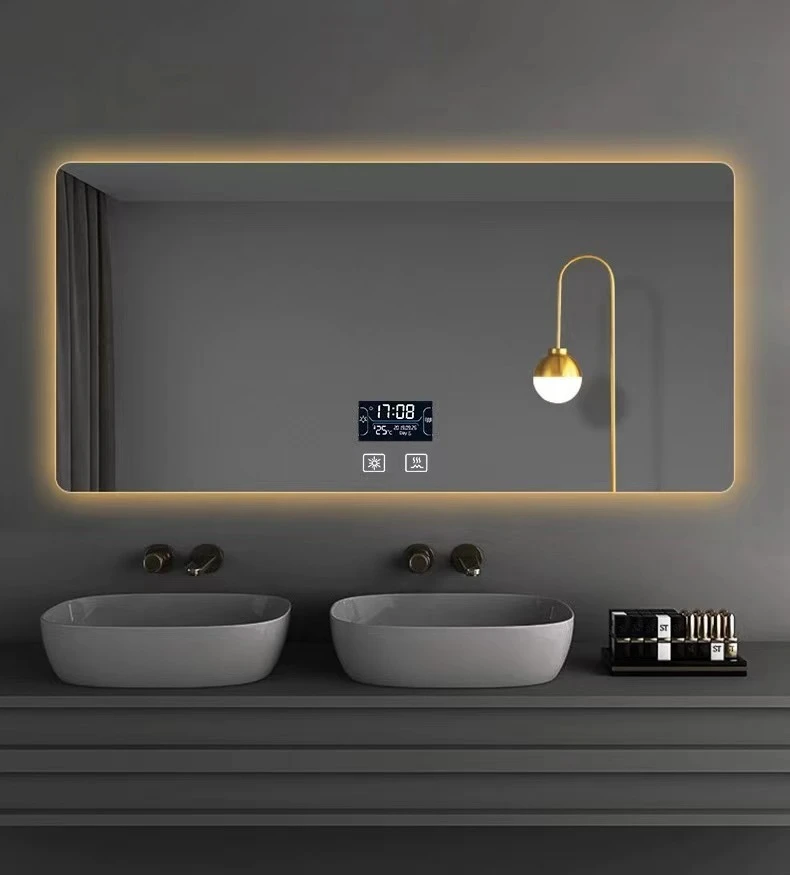

Exploring the World of Decorative Glass A Comprehensive Guide for Suppliers
In recent years, decorative glass has emerged as a popular choice in both residential and commercial design, providing an array of aesthetic and functional benefits. As a supplier of decorative glass, understanding the trends, types, applications, and market demand is crucial for establishing a strong foothold in this dynamic industry. This article delves into the world of decorative glass and offers insights that can enhance your business strategy.
What is Decorative Glass?
Decorative glass refers to various types of glass that are utilized primarily for aesthetic purposes, rather than structural ones. This glass can enhance the visual appeal of a space, provide privacy, and even contribute to energy efficiency. Decorative glass comes in various forms, including stained glass, etched glass, frosted glass, colored glass, and bevelled glass, each offering unique characteristics and styles.
Types of Decorative Glass
1. Stained Glass A timeless art form, stained glass is created by adding color through glass pieces that are held together by lead came or copper foil. Stained glass windows are not only beautiful; they also tell stories and add an element of tradition to buildings.
2. Frosted Glass This type of glass is treated to create a translucent effect, allowing light to filter through while obscuring visibility. Frosted glass is often used in bathroom windows and office partitions, providing the right level of privacy without sacrificing natural light.
3. Etched Glass Etching creates intricate patterns on the surface of the glass using acid, sandblasting, or laser technology. This method allows for customized designs, making etched glass a popular choice for decorative doors, tabletops, and dividers.
4. Colored Glass Available in a variety of hues, colored glass adds vibrancy to any setting. It can be used in both functional and decorative applications, from artistic installations to backlit features.
5. Bevelled Glass This type features angled edges that create a decorative effect by refracting light. Bevelled glass can be used for mirrors, cabinet doors, and windows, enhancing elegance and depth.
Applications of Decorative Glass
The versatility of decorative glass allows it to be used in numerous applications, including

- Residential Design Homeowners frequently use decorative glass in kitchens, bathrooms, and living spaces to create unique features that reflect personal style. Glass backsplashes, shower doors, and cabinet inserts are popular choices.
- Commercial Spaces Businesses often utilize decorative glass to enhance office aesthetics and functionality
. Glass partitions, reception desk fronts, and conference room dividers can create an open yet private environment.- Architectural Highlights Many architects incorporate decorative glass into their designs to create stunning focal points. From large-scale windows that exhibit artistic designs to glass facades, decorative elements can transform a building’s exterior.
- Art Installations Artists often use decorative glass in their work, creating installations that combine light and color, captivating viewers and enhancing public spaces.
Trends in the Decorative Glass Market
As a supplier, staying ahead of market trends is essential for success. Consider the following trends currently shaping the decorative glass industry
1. Sustainability There is a growing demand for eco-friendly materials. Suppliers can respond by offering glass products made from recycled materials or using sustainable manufacturing processes.
2. Customization Customers increasingly seek personalized designs. Providing custom solutions allows suppliers to cater to specific client needs while standing out from competitors.
3. Smart Glass The integration of technology into glass products is gaining traction. Smart glass that changes opacity in response to light or temperature offers functional benefits alongside decorative appeal.
4. Mixed Media Combining decorative glass with other materials—like wood, metal, and stone—creates stunning contrasts and enriches visual texture in design.
Conclusion
As a decorative glass supplier, understanding the types, applications, and current trends in the market is fundamental to thriving in this industry. By offering diverse products that cater to both aesthetic and functional needs, suppliers can position themselves as valuable resources for architects, designers, and homeowners alike. Embrace innovation and customization, and your business will not only meet the demands of the modern consumer but also enhance the beauty of spaces across the globe.